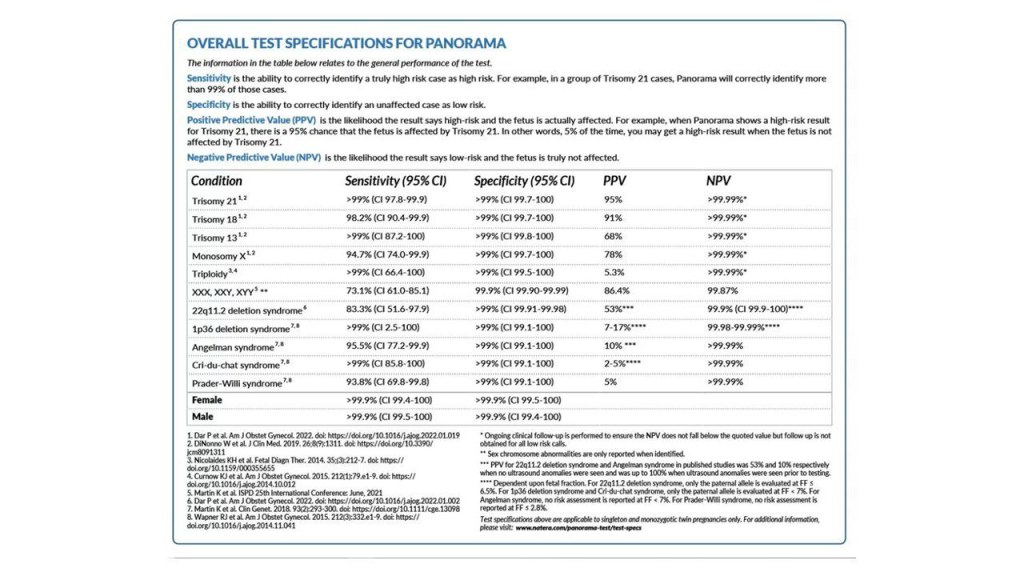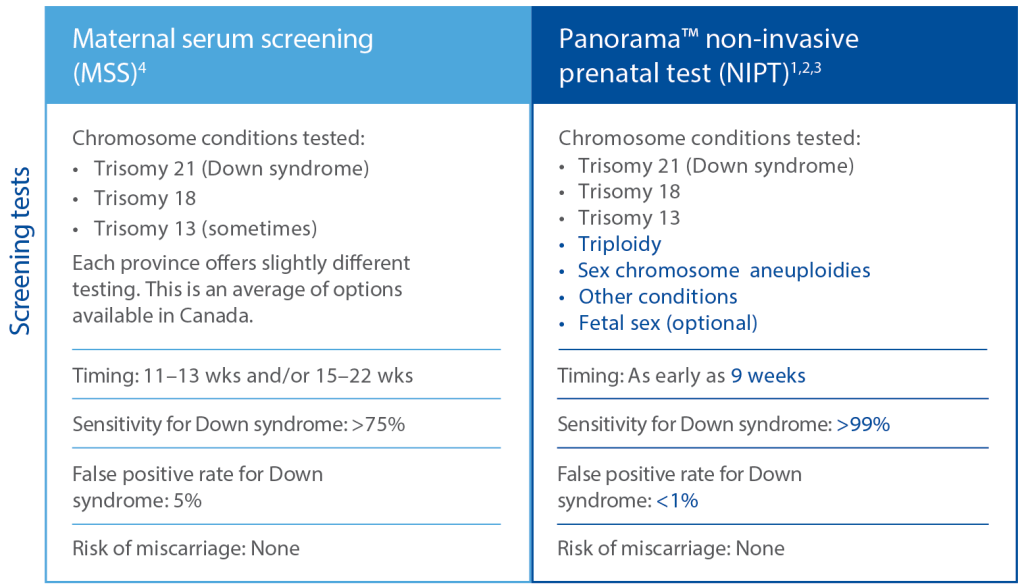Unveiling The Panorama Test: What Does It Test For? Unlock The Secrets Now!
What Does the Panorama Test For?
Greetings, Happy People!
Have you ever wondered what the panorama test is and what it is used for? In this article, we will dive into the details of this innovative medical test that has revolutionized prenatal care. The panorama test is a non-invasive prenatal screening test that provides expectant parents with valuable information about their baby’s health. Let’s explore the ins and outs of this test and understand why it has become an essential tool for many pregnant women.
3 Picture Gallery: Unveiling The Panorama Test: What Does It Test For? Unlock The Secrets Now!
What is the Panorama Test?
The panorama test, also known as non-invasive prenatal testing (NIPT), is a highly advanced screening test that analyzes the DNA of a fetus. This test can be done as early as nine weeks into the pregnancy and requires only a simple blood draw from the mother. The blood sample contains fragments of the baby’s DNA, which are then analyzed to detect any chromosomal abnormalities.
How Does the Panorama Test Work?
The panorama test uses a technology called Next-Generation Sequencing (NGS) to examine the fetal DNA present in the mother’s bloodstream. This cutting-edge technique allows for comprehensive screening of the baby’s genetic material, providing valuable insights into the risk of certain genetic conditions. By analyzing the DNA, the panorama test can detect chromosomal abnormalities such as Down syndrome, Edwards syndrome, Patau syndrome, and sex chromosome aneuploidies.
Who Should Consider the Panorama Test?

Image Source: innermosthealthcare.com
The panorama test is recommended for all pregnant women, regardless of their age or risk factors. It provides valuable information about the baby’s health and can help identify any potential genetic conditions early on. However, it is particularly beneficial for women who are at a higher risk of having a baby with chromosomal abnormalities, such as those who are older or have a family history of genetic disorders.
When Can the Panorama Test Be Done?
The panorama test can be done as early as nine weeks into the pregnancy. This early timing allows expectant parents to have an early glimpse into the baby’s health and make informed decisions about their pregnancy. It is important to note that the panorama test is a screening test and not a diagnostic test. If the results indicate a higher risk for a certain condition, further diagnostic tests may be recommended to confirm the findings.
Where Can You Get the Panorama Test?
The panorama test is offered by various medical facilities, including specialized prenatal clinics and genetic testing laboratories. It is important to consult with your healthcare provider to determine the best place to get the test done. They will guide you through the process, explain the benefits and limitations, and help you interpret the results.
Why Should You Consider the Panorama Test?
The panorama test offers numerous benefits for expectant parents. Firstly, it provides valuable information about the baby’s health, giving parents peace of mind and reducing anxiety. Secondly, it allows parents to make informed decisions about their pregnancy, such as preparing for potential health conditions or seeking early interventions. Lastly, it can help detect genetic conditions that may require specialized medical care after birth, ensuring that the baby receives the appropriate support and treatment right from the start.
Advantages and Disadvantages of the Panorama Test
Advantages of the Panorama Test

Image Source: panorama-test-uk.co.uk
1️⃣ Early detection of chromosomal abnormalities, allowing for timely medical interventions if needed.
2️⃣ Non-invasive procedure that carries no risk to the baby or mother.

Image Source: lifelabsgenetics.com
3️⃣ High accuracy in detecting Down syndrome and other common genetic conditions.
4️⃣ Can be done early in pregnancy, allowing parents to make informed decisions.
5️⃣ Reduces unnecessary invasive diagnostic procedures, such as amniocentesis or chorionic villus sampling.
Disadvantages of the Panorama Test
1️⃣ The panorama test is a screening test and not a diagnostic test. Further diagnostic testing may be required to confirm any abnormalities.
2️⃣ False positive and false negative results can occur, although the rate is low compared to other screening tests.
3️⃣ The test may not detect all genetic abnormalities, as it focuses on specific chromosomal conditions.
4️⃣ Cost may be a factor, as the panorama test is not always covered by insurance.
5️⃣ Limited availability in certain regions or healthcare systems.
Frequently Asked Questions (FAQs) about the Panorama Test
1. Is the panorama test covered by insurance?
While some insurance plans cover the panorama test, it is recommended to check with your insurance provider to determine coverage. The cost of the test may vary depending on your location and specific insurance plan.
2. Can the panorama test detect all genetic abnormalities?
No, the panorama test focuses on specific chromosomal conditions, such as Down syndrome and other common genetic conditions. It may not detect rare genetic abnormalities or mutations.
3. How long does it take to get the panorama test results?
The turnaround time for panorama test results can vary, but it usually takes around one to two weeks to receive the results. Your healthcare provider will inform you about the expected timeframe.
4. Can the panorama test determine the baby’s gender?
Yes, the panorama test can determine the baby’s gender with high accuracy. However, it is important to note that the primary purpose of the test is to screen for chromosomal abnormalities.
5. What should I do if the panorama test results indicate a higher risk for a genetic condition?
If the panorama test results indicate a higher risk for a genetic condition, it is recommended to discuss the findings with your healthcare provider. They will guide you through further diagnostic testing, genetic counseling, and potential treatment options.
Conclusion
In conclusion, the panorama test is a valuable tool in prenatal care, providing expectant parents with essential information about their baby’s health. It offers early detection of chromosomal abnormalities, allowing for timely interventions and informed decision-making. While it has its advantages and disadvantages, the panorama test has significantly improved the accuracy and accessibility of prenatal screening. If you are considering the panorama test, consult with your healthcare provider to understand the process, benefits, and limitations. Remember, knowledge is power, and the panorama test empowers parents to take proactive steps in ensuring the best possible outcome for their baby’s health.
Thank you for reading and take care!
Disclaimer: The information provided in this article is for educational purposes only and should not be considered as medical advice. Please consult with a healthcare professional for personalized guidance and information related to your specific situation.
This post topic: Panorama


